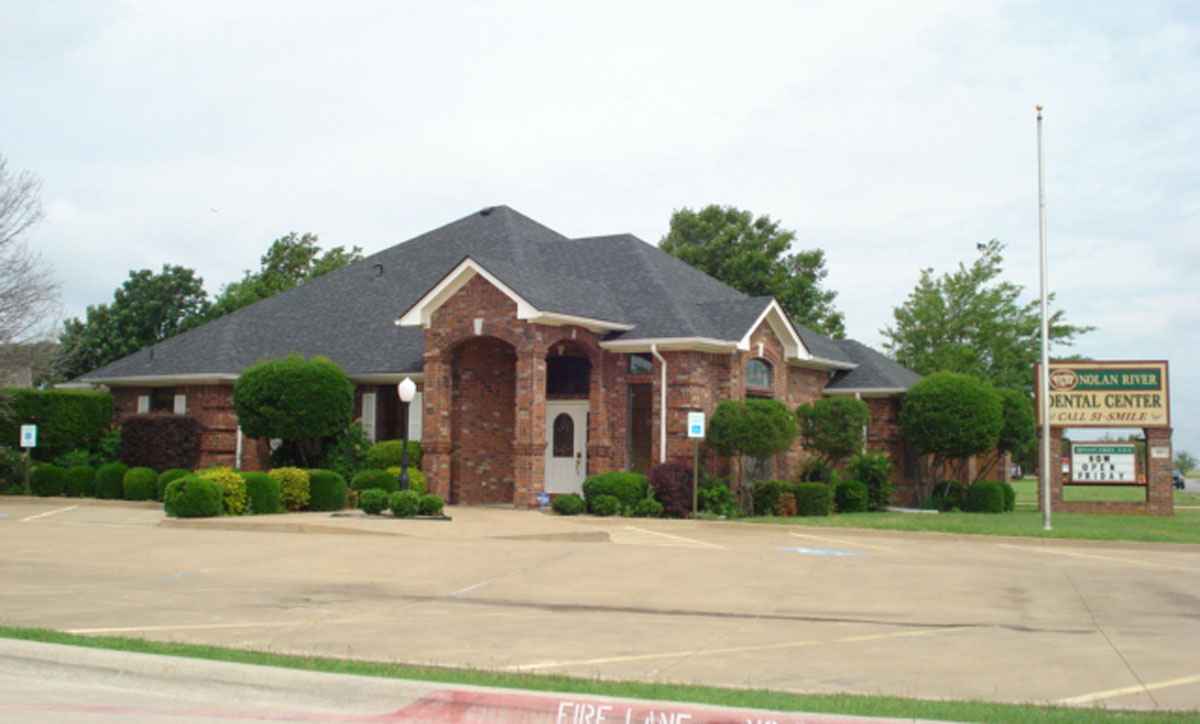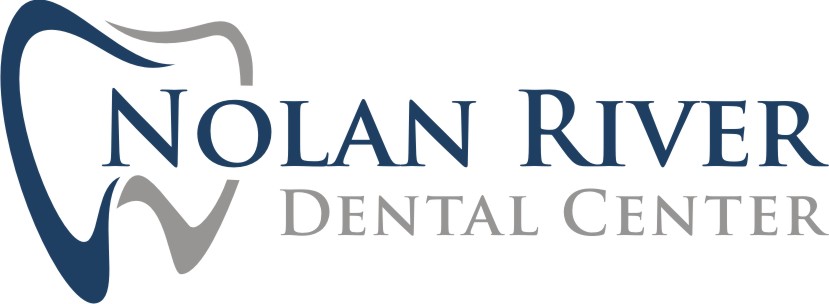If you have an early-stage cavity or even more serious damage to your tooth, dental restoration options can help you keep your teeth strong and healthy by reinforcing the protective layer of your tooth enamel, helping it rebuild its structural strength over time. While many dental restoration options can be used in conjunction with one another, two types of procedures tend to take center stage when it comes to restoring damaged teeth – filling and crowns. Let’s look at the differences between these two procedures and which one might be right for you!
The common types of restoration
The most common restorations include bridges, crowns, inlays and onlays, veneers, and dental implants. You might need several of these procedures to repair or replace a damaged tooth. Your dentist will use their knowledge, experience, and needs to determine which procedure is right for you.
Dental bridges and crowns are two of the more common restorations. A bridge is used to replace one or more missing teeth, while a crown can be used to strengthen and beautify teeth damaged by decay, trauma, or disease. Both procedures involve your dentist placing artificial tooth-shaped structures in your mouth, but they’re not interchangeable.
Reasons to restore
There are several reasons you might consider restoring a damaged tooth rather than having it extracted. It all depends on your situation, but if you’re looking to keep your tooth and improve its function or appearance, dental restoration can help.
A missing tooth can lead to bone loss and having one or more teeth extracted often causes surrounding teeth to shift. With restoration, you can restore your smile while preventing further damage to your mouth. Several types of restorations offer different benefits, depending on your situation. To determine which option will work best for you, consult with your dentist, and discuss your case.
The process of restoring
There are many ways to restore a tooth that is damaged. Depending on how much of your natural tooth structure is still in place, you may be able to have a filling placed. If there is not enough structure left to hold the filling, other methods may be used. Crowns and bridgework both involve placing materials over all or part of your existing tooth, which will support it and provide strength as well as fill any holes caused by decay or trauma.
If you need more comprehensive restoration, your dentist will recommend a dental crown or bridgework. A crown is like an artificial cap that completely covers your damaged tooth and fits snugly over it. Your dentist will make impressions of your mouth, and these will be sent to a dental lab where your crown or bridgework will be fabricated. This process takes approximately two weeks. When you return to your dentist, your new crown or bridgework will be cemented in place, and you’ll likely need to replace it several times throughout your life as part of routine dental care.
Make a dental appointment
If you have a damaged tooth, the time to act is right now. Untreated teeth will only become more uncomortable, and the options become more limited if you wait. Instead, call your dentist today to schedule an appointment to help maintain your brilliant smile and healthy teeth.
Request an appointment here: https://www.nolanriverdentalcenter.com or call Nolan River Dental Center at (817) 517-6453 for an appointment in our Cleburne office.
Check out what others are saying about our dental services on Yelp: Dental Restoration in Cleburne, TX.
Related Posts
Choosing the Right Dental Restoration Option
Are you in need of a dental restoration? Many people need to restore their teeth at some point or another in their lives. Dental restorations are often required when the teeth are …
Dental Restoration Options To Replace a Missing Tooth
Losing a tooth can be disconcerting. Thankfully, there are multiple dental restoration options to replace the missing tooth and restore dental functions. Read on to learn about available options. The choice ultimately …
Dental Restoration Options to Repair Teeth
Dental restorations can be used to rebuild and restore the function of damaged teeth. They can also be used to restore the aesthetics of damaged teeth. Tooth decay is one of the …
Who Is a Candidate for a Dental Restoration?
A dental restoration can restore, renew and even replace teeth that are in bad shape. They are often used to repair teeth that have been lost, decayed or even slightly damaged from …



